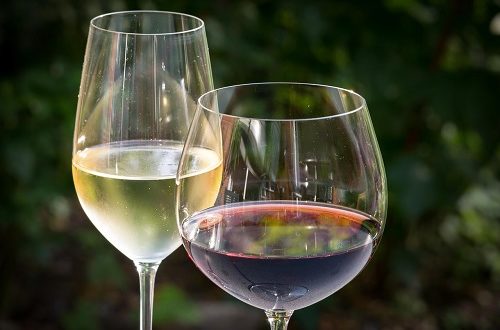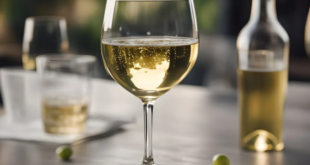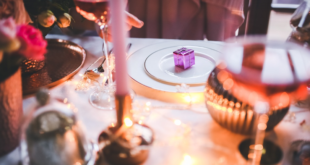Like many things, we take wine glasses for granted, but wine drinking predates wine glasses by many centuries. In the past you may have enjoyed your tipple from clay pots, animal horns, wooden mugs, silver trays, leather pouches or something else!
History
Glassmaking goes back thousands of years, but it wasn’t until the late 1600’s its use in drinking vessels grew thanks to improvements in glass making and blowing techniques. Glassware then wasn’t cheap, although improved, the manufacturing process was still labour intensive and therefore expensive. It was beyond most of the population.
With each glass being individually handmade, designs could easily change. Rich clients could have their own style. The addition of lead to make Lead Crystal, softened the glass, making it easier to engrave. By the of the 1700s fine glass making was established across Europe.
Wine Glass Size
In the 1700s, the average wine glass held just 66ml. About twice the size of a liqueur glass, just about enough to hold a pub measure double gin without room for any ice or tonic. Considering a small glass of wine in a bar today is 125ml you can see how small these glasses were. The 1740s glassware tax is cited as a factor but in my opinion if you could afford glass in the first place, size would matter!
Although glass sizes grew, in the UK, the Paris Goblet holding just under 200 ml was the staple glass until the 1980s. Since then sizes have taken off. According to a Cambridge University study, the average glass size is now a whopping 449 ml, a sevenfold increase in three hundred years. Whilst we can assume, that glasses are less filled than in the past, even than a few decades ago, the same research found, that using bigger glasses encourages us to drink more.
Shape
There is plenty to read on this topic, detailing individual glasses for various grape types! That’s not applicable to most of us so I’ll stick to the basics here.
Red Wine
Red wine benefits from air getting to it, to breath or oxidise in order to develop flavours. The same reason for decanting. For this reason, glasses for red wine have larger bowls allowing more air to get to the wine. For this reason. the glass should be filled to its widest part.
White Wine
The opposite is true here, hence bowls are smaller to protect the more delicate flavours. Glasses for stronger flavour whites such as an oaked Chardonnay are wider than those for a delicate Riesling.
Sparkling Wine
Narrow flutes slow the loss of sparkle and concentrate aroma. So called Champagne glasses with their bowl shapes are the worst design for sparkling wines, consign them as ornaments.
 Vino-Club For Wine Lovers
Vino-Club For Wine Lovers






